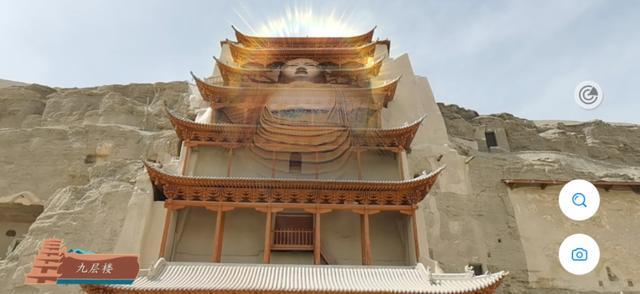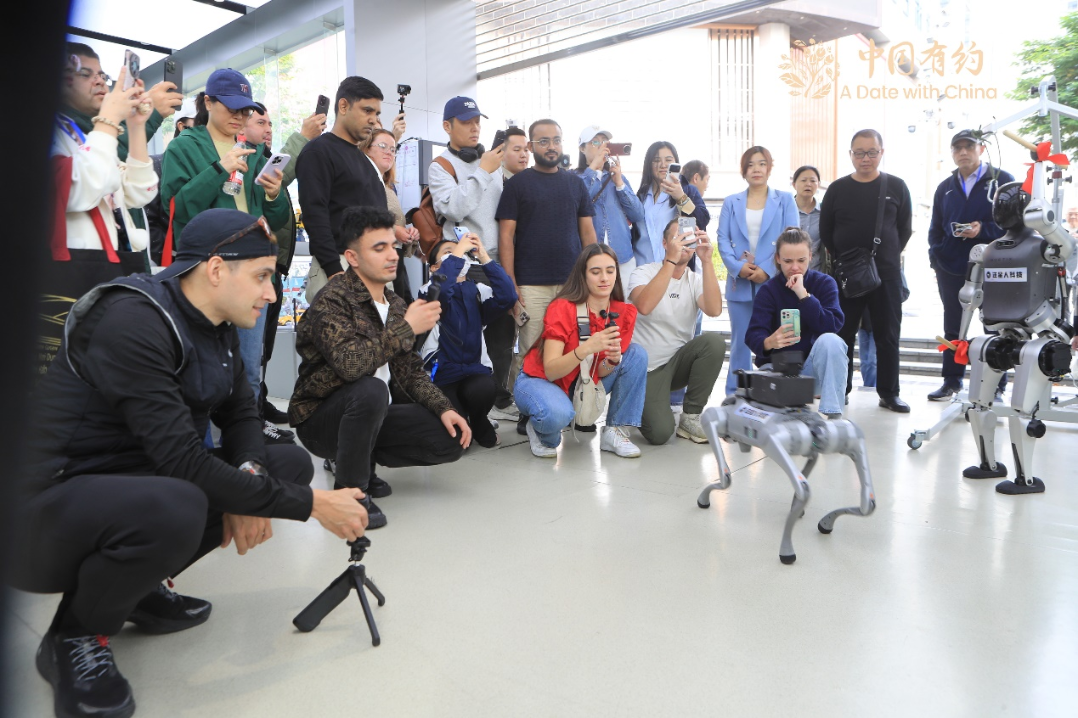Huawei's AR technology boosting use in gaming, networking and education


In a brand-new technology-driven tour of the Mogao Grottoes in Dunhuang, Gansu province, visitors are enjoying an immersive fantasy experience prior to entering the attraction.
Using Huawei Technologies Co's augmented-reality-powered mapping app Hetu, visitors are able to see the detailed contents of the Dunhuang art murals outside the caves through their smartphones.
The Huawei Hetu platform fuses Dunhuang's study findings, high-resolution images of the site's murals and virtual, three-dimensional models with the real Mogao Grottoes. It not only re-created the real tour of the scenic spot, but also developed a new way to digitally experience the grottoes.
When people visit the site, they not only have the experience of seeing the real grottoes, but they can appreciate the exquisite artwork more clearly and in greater detail, Huawei said.
Zhao Shengliang, director of the Dunhuang Academy, said it has been cooperating with Huawei since March 2019. The AR experience will reduce the time tourists spend inside the caves, aiding the protection of the cultural relics, while at the same time helping to increase the amount of information visitors can obtain. It is also considered to be a new way of promoting Dunhuang art.
The move is part of broader efforts by Huawei Technologies Co to fully tap into AR technologies and to promote its use in sectors including education, social networking and gaming. The efforts came as AR is expected to see faster growth with the help of 5G networks.
Zhao Zhipeng, vice-president of marketing in carrier network business group at Huawei, said AR demands the dissolution of the boundary between the physical world and the virtual world. AR requires the bandwidth of the network to be large enough and the latency to be low enough. At the same time, AR is computing-intensive.
"Only when people can enjoy AR on the go can we see the budding development of applications and use cases. That is to say, 5G plays a significant role in the development of AR," Zhao said.
He said the role of telecom carriers in AR development is significant.
"To achieve the ultimate service experience, we must have a robust 5G network in place that can enable the ultimate experience. As a result, we definitely love to see countries and telecom operators and even industry partners join each other to aggregate the resources available so as to facilitate the growth of the AR industry".
Currently, AR is emerging in many countries and startups are working hard to develop the hardware and software to create an enabled ecosystem. For example, telecom operators in South Korea have established a successful business model in using AR in education, navigation and social networking.
South Korean telecom companies have rolled out the content of 5G plus AR, which encourages more subscribers to switch to 5G and boosts the growth of traffic, uncovering more revenue opportunities for operators, Huawei's AR Insight and Application Practice White Paper said.
While in China, telecom companies are using AR for shopping, education and other domains. JD, a popular online retail platform in China, for instance, has developed AR applications on the basis of Huawei's AR capabilities. For example, consumers can use AR to preview how furniture would look in their own home on JD, which improves user experience and has resulted in an over 19.2 percent increase in conversion rate for furniture and other goods, the white paper said.
Xiang Ligang, director-general of the Information Consumption Alliance, a telecom industry association, said AR has a great chance of monetization in both the consumer market and the enterprise market, but more efforts are needed to develop a better ecosystem of hardware and software content to support its wider use.




































